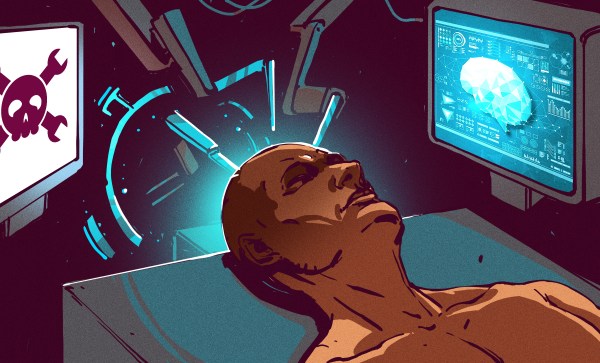OK, maybe that won’t buff right out. NASA has released a more detailed analysis of the damage suffered by the James Webb Space Telescope in a run-in with a micrometeoroid, and has deemed the damage “uncorrectable”. Not that any damage to JWST is correctable, at least in the sense that the Hubble Space Telescope was able to be fitted with optics to fix its precisely-yet-inaccurately-ground main mirror. JWST is far too remote for a service call, so correctability in this case refers to a combination of what can be accomplished by tweaking the shape and position of the affected mirror segment, and what can be taken care of with image processing. The damage to segment C3, as well as damage to the other segments in a total of six collisions in the half year Webb has been on station, are assessed via “wavefront sensing”, which looks at how out of phase the light coming from each mirror segment is. The damage sounds bad, and it certainly must hurt for the techs and engineers who so lovingly and painstakingly built the thing to see it dinged up already, but in the long run, this damage shouldn’t hamper Webb’s long-term science goals.
In other space news, we hear that the Perseverance rover has taken its first chunk out of the ancient river delta in Jezero Crater. The rover has been poking around looking for something interesting to sample, but everything it tried out with its abrading tool was either too brittle, too hard to get at, or scientifically dull. Eventually the rover found a good spot to drill, and managed to bring up a 6.7-cm core sample. This makes the tenth core sample collected overall, and the first from the delta area, which is thought to have the best chance to contain evidence of ancient Martian life.
Closer to home, we’ve all likely heard of robotic surgery, but the image that conjures up doesn’t really comport with reality. Robot-assisted surgery is probably a better term, since surgical robots are generally just ultra-precise remote manipulators that are guided by a skilled surgeon. But if a study on surgery robot performance is any indication, the days of human surgeons might be numbered. The study compared accuracy and speed of both a human surgeon controlling a standard Da Vinci surgical robot and an autonomous version of the robot alone, using a depth camera for sensing. Using a standard surgical skills test, the autonomous system matched the human surgeons in terms of failures — thankfully, no “oopsies” for either — but bested the humans in speed and positional accuracy. It’ll probably be a while before fully autonomous surgeons are a thing, but we wouldn’t be betting against it in the long run.
Most readers will no doubt have heard the exciting news that Supercon will be back this year as an in-person event! Make sure you set aside the first weekend in November to make the pilgrimage to Pasadena — it’ll be great seeing everyone again after the long absence. But if you just can’t wait till November for an IRL con, consider dropping by SCALE 19X, coming up this week in Los Angeles. The Southern California Linux Expo is being held July 28 through 31, and features a ton of speakers, including a keynote by Vint Cerf. Hackaday readers can save 50% on tickets with promo code HACK.
And finally, as a lover of Easter eggs of all kinds, but specifically of the hidden message in software variety, we appreciated this ode to the Easter egg, the embedded artistry that has served as a creative outlet for programmers over the years. The article lists a few great examples of the art form, along with explaining why they’re actually important artifacts of the tech world and what they’re good for. We tried out a few of the ones listed in the article that we hadn’t heard of before; some hits, some misses, but they’re all appreciated. Well, most of them — the corporate rah-rah kind can bugger straight off as far as we’re concerned.















